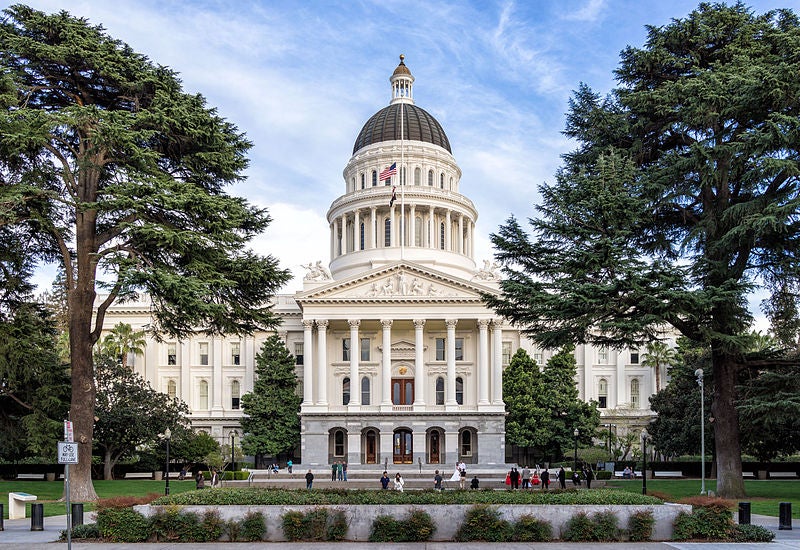Update: This bill passed out of the Committee on Water, Parks and Wildlife in a 14-0 vote. It is expected to go before the Appropriations Committee in early June.
California lawmakers returned to work last week after taking measures to minimize the spread of COVID-19 in the state Capitol, acknowledging they must continue to tackle many other challenges still facing the state. Water is one of those perennial challenges.
That’s why I will be testifying Thursday on a bill, AB 2642, that will help farmers transition to more sustainable groundwater use.

(Photo Credit: Andre M.)
While largely invisible, groundwater is an important water supply that meets roughly one-third of California’s needs in an average year and more than half of its needs during drought years, which are becoming more frequent and severe.
As a result of the Sustainable Groundwater Management Act, passed in 2014 during our last drought, regions with the most critically overdrafted groundwater basins will have to balance supply and demand by 2040.
Local groundwater agencies are still figuring out the details to achieve that goal, but one thing is certain: Some agricultural land will have to be taken out of production — as much as 500,000 to 750,000 acres. AB 2642 can help the state make this transition less painful and disruptive to the agricultural landscape and economy.
AB 2642 will pay farmers for creative water-saving land uses
My colleagues and I worked with Assemblymember Rudy Salas (D-Bakersfield), to craft AB 2642, which will create the Multibenefit Land Conversion Incentive Program within the California Department of Conservation.
This new program will provide incentive payments to farmers and landowners who voluntarily repurpose their agricultural land to other less water-intensive uses for a minimum of 10 years. Possibilities for these uses include:
- Restoring habitat for wildlife, including migratory birds, pollinators and endangered species such as the San Joaquin kit fox.
- Creating groundwater recharge basins.
- Restoring floodplains.
- Switching cropland to rangeland or dryland farming.
These alternative uses can provide substantial public benefits to nearby communities while helping reduce groundwater pumping. At the same time, these uses can reduce some of the economic pain and other impacts caused by taking land out of production, including the spread of invasive weeds and increased dust emissions. Addressing these adverse impacts will protect neighboring farms and public health in a region where air quality already ranks among the nation’s worst. Even during a global pandemic, California lawmakers are dedicated to keeping groundwater a top priority. Share on X
Keeping groundwater a top priority in the San Joaquin Valley
My colleagues and I are grateful to Assemblymember Rudy Salas (D-Bakersfield) for introducing AB 2642 and remaining committed to tackling these challenges head on, even during a global pandemic. The fact that this proposal will be moving forward when so many others are being tabled as a result of the public health crisis speaks to the sense of urgency being felt about SGMA implementation, particularly in the San Joaquin Valley. I’m also encouraged to have the California Farm Bureau support AB 2642 on behalf of nearly 34,000 farm families and individual members.
I look forward to doing my small part to help keep the state moving forward on managing its precious groundwater supplies more sustainably. This is critical to ensuring a resilient future with enough water for people, nature and agriculture for generations to come.









